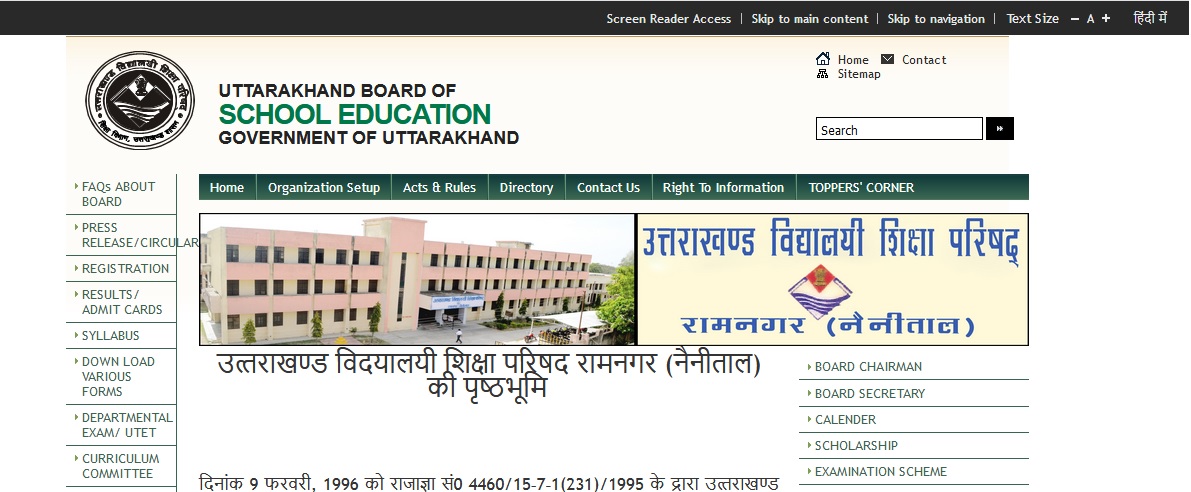General Pharmacy B.Pharm Question Paper Model : uptu.ac.in
University : Uttar Pradesh Technical University
Degree : B.Pharm
Semester : I
Subject : General Pharmacy
Document Type : Model Question Paper
Website : uptu.ac.in
Download Model/ Sample Question Papers : https://www.pdfquestion.in/uploads/6173-gp.pdf
UPTU General Pharmacy Model Question Paper
B. Pharm. First Semester Examination (2008-09)
Max Marks- 80
Time – 3hrs.
Related / Similar Question Paper :
AKTU B.Pharm Pharmaceutical Analysis Question Paper
Objective Questions
Section A
Attempt all questions [1×16=16]
1. Tumbling is a process for ______________________ powders.
2. ______________ powder should be placed in containers with a sifter top.
3. Methylparaben is an example of a _________________________.
4. ‘Not to be put on broken skin’ is a label to be put on ________________.
5. Glycerin acts as a ___________________ when used topically.
6. Elixirs are clear, sweetened _______________ solutions which are often coloured.
7. Lotions are meant for _____________________ use only.
8. The simple syrup I.P. contains ______________________ of sucrose
State whether True or False :
9. Powders should be blended together using mathematical mixing.
10.International Pharmacopoeia has no legal standing.
11.Use of co solvents increases solubility.
12.Tinctures are hydroalcohlic solutions of natural origin.
13.Maceration is also called process mac.
14.The latest edition of I.P. was published in 1996.
15.A ball mill is used to crush small ball like granules.
16.The shelf life for mucilages is two months only.

Section B
Note : Attempt any six questions. [4×6=24]
Q1. Discuss the use of HLB values in surfactants?
Q2. Draw and describe a cyclone separator?
Q3. Prepare 1000grams of Dil. Acetic Acid from Acetic Acid (Acetic Acid B.P.=33%w/w; Dil. Acetic Acid B.P.=6%w/w)?
Q4. Draw and describe a percolator?
Q5. Differentiate between syrup and elixir?
Q6. If the adult dose of erythromycin is 2g what will the paediatric dosage be according to Dillings Rule?
Q7. ‘International Pharmacopoeia has no legal status’? Explain.
Section C
Note : Attempt any four questions. [4×10=40]
Q1. Discuss the origin and development of pharmacy in India-
Q2. Classify methods of size reduction and describe each in brief-
Q3. Discuss the application of extraction processes in preparation of tinctures-
Q4. Explain various liquid. Liquid mixing equipment in detail-
Q5. Write about the co solvents used in pharmacy-
Syllabus
Unit I :
History of pharmacy and Pharmacopoeia : Origin & development of pharmacy, scope of pharmacy, introduction to Pharmacopoeias – IP, BP, USP & International Pharmacopoeia.
Introduction to National Formularies and Extra Pharmacopoeia. Typical parts of a monograph of Indian pharmacopoeia. An introduction to contents of the IP.
Unit II :
Prescription : Definition, types of prescription, handling of prescription, legality of prescription and specific Latin terms used in modern day prescription (sos, od, bd, tid, qid) Pharmaceutical additives: Coloring, flavoring & sweetening agents, co-solvents, preservatives and their applications.
Unit III :
Pharmaceutical calculations : Posology, calculation of doses for infants; Enlarging and reducing recipes, percentage solutions, alligation method, alcohol dilution, proof spirit , basic concept of isotonicity. Weights and measures, weighing of solids and measurement of liquids.
Unit IV :
Introduction to Pharmaceutical dosage forms : Classification, formulation methods of powders, mixtures and syrups and elixirs.
Definitions: Solutions, spirits, infusions, paints, elixirs, mouth washes, gargles, lotions, liniments, pastes, ointments, creams, inhalations, dusting powders and lozenges.
Unit V :
Size Reduction : Definition, principles and laws governing size reduction, factors affecting size reduction. Study of hammer mill, ball mill and fluid energy mill.
Introduction to sieving methods, laws and factors affecting energy requirements for size reduction, different methods of size reduction. Mixing: Theory of mixing, solid-solid, solid-liquid & liquid-liquid mixing equipments.
Practical
Suggested Practicals :
I : Preparation of following classes of Pharmaceutical dosage forms (involving the
use of calculations in metrology) as official in IP, BP, USP/NF.
a) Aromatic Waters
1. Chloroform Water BP
2. Concentrated Peppermint Water BP
3. Rose Water NF
b) Mixtures
1. Chalk Mixture, Paediatric BP
2. Light Magnesium Carbonate and Kaolin Mixture
c) Syrups
1. Simple Syrup BP/USP/IP
2. Ferrous Sulphate Syrup USP
d) Powders
1. ORS Powder IP
2. Absorbable Dusting Powder USP/N
3. Effervescent Compound Powder (BPC)
II. Study of the role of pharmaceutical additives in formulations :
a. Colouring agent: 1. Compound Sodium Chloride Mouthwash BP
2. Phenol Gargle BPC
b. Flavouring agent: 1. Orange Tincture IP
2. Potassium Citrate Mixture BP
I want 2014 paper